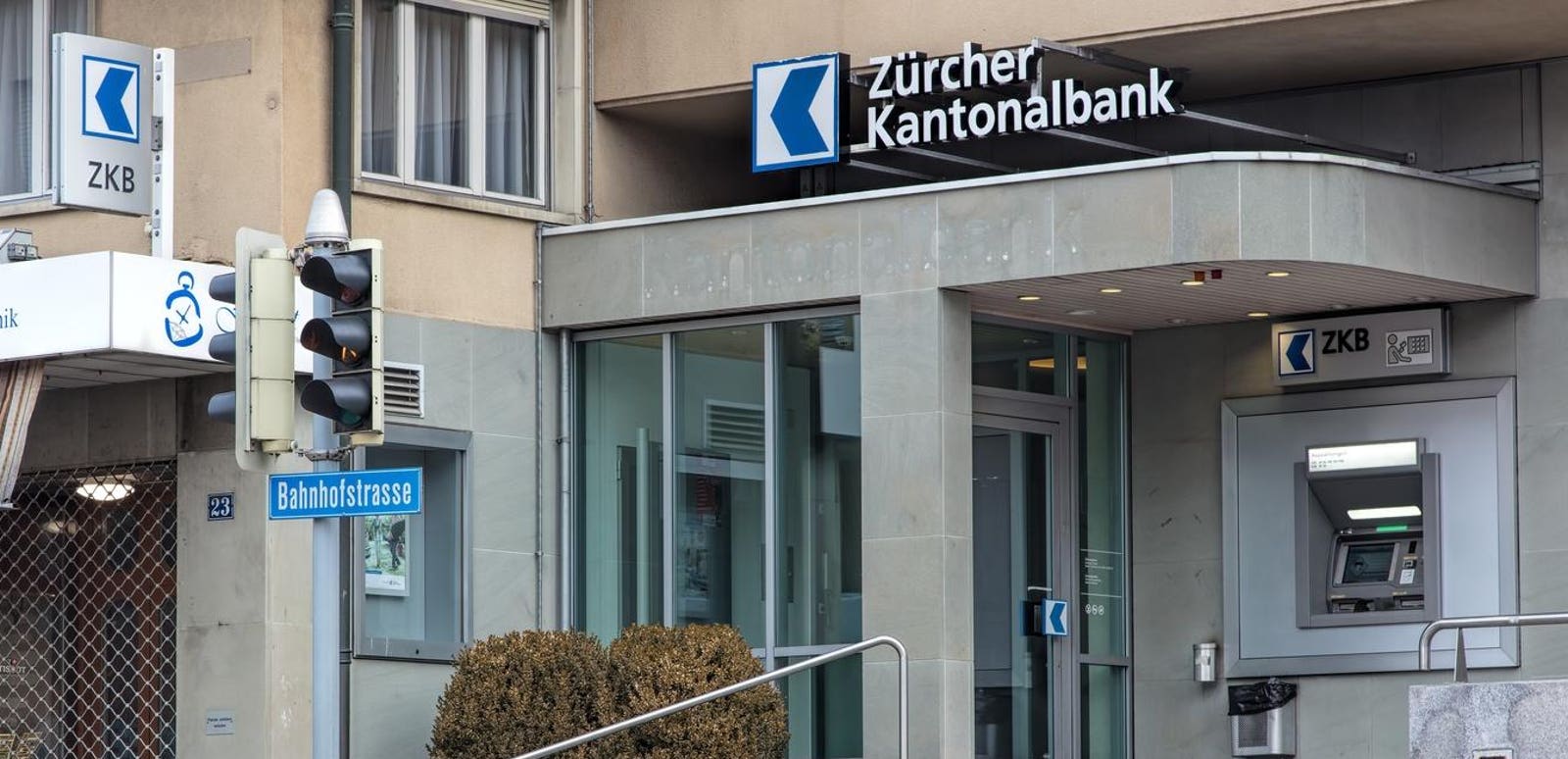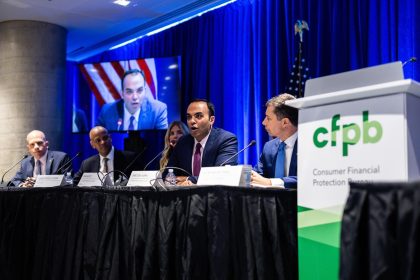There are myriad reasons consumers might choose one bank over another. To name a few: “Some consumers are driven by service, some by price, and some by the proximity of a physical location to where they live,” says Dudley White, president of core account processing solutions at Fiserv, a multinational company offering financial services technology to banks, credit unions and other organizations. But there is a common thread, White says, that appears to be driving today’s banking customers, namely that “consumer expectations of banking have evolved from ‘do it for me’ to ‘do it with me.’” White notes that according to a report from Raddon, Fiserv’s research division, 32% of American consumers prefer a mix of self-service and employee-assisted banking channels.. “That’s why it’s so essential for banks to get both the digital experience and the in-person experience right—and to fully align the two.”
It’s a difficult balance to achieve, but the financial institutions on this year’s list of the World’s Best Banks appear to have done so—and earned the trust of their customers. How do we know? Forbes partnered with market research company Statista to survey more than 49,000 people across 33 countries and asked them what they like and don’t like in a bank. Respondents could evaluate banks at which they currently have a checking or savings account, have had an account within the past three years, or know through family or friends.
Participants relayed their overall satisfaction with each bank, whether they would recommend it to others, and rated each in five areas: trustworthiness, terms and conditions, customer service, digital services, and financial advice. Survey responses were factored into a scoring system, and the banks with the highest scores made our final list, which includes 403 banks around the globe. (For more on the methodology, see below.)
Earning the No. 1 spot in Australia, Germany, Poland, and Spain (and No. 6 in Italy), was the ING Group, a Dutch corporation and one of the largest banks globally with more than 1,000 billion in assets. One particularly appealing feature of the bank is its customized accessibility to customers, “available wherever the customer asks us to be,” says Ignacio Juliá, CEO of ING Spain & Portugal. “Our customers can do everything through digital channels, but we do not neglect human contact with other channels to accompany our customers.”
In Germany, ING prides itself on providing similar benefits. “Customer experience is what differentiates us,” says Eddy Henning, head of wholesale banking at ING Germany. “For corporate clients, the focus is on relationship management, with superior sector expertise and cross-border networks.”
Beyond top-notch customer service, digital innovation, and advisory expertise, however, banks must also offer stability. “The collapse of Silicon Valley Bank in 2023 [along with other recent major bank failures] highlighted the significance of trust and security,” says Cloris Chen, CEO of Cogito Finance. In Switzerland, for instance, the 150-year history of security and profitability at Zürcher Kantonalbank (Zurich Cantonal Bank) helped the state-owned bank rank No. 1 in Switzerland.
“Our business policy is geared towards continuity and stability. Even in difficult times, the bank has always lived up to its responsibilities and proven itself to be a reliable partner for the economy and society,” says Johanna Stauffer, a spokesperson for Zürcher Kantonalbank. “Whether in the economic crises of the 1920s or the 1970s, Zürcher Kantonalbank managed to overcome them thanks to prudent business activities and a strong focus on its core business.” This also held true during the pandemic, when the bank worked with the Canton of Zurich (one of 26 cantons—or member states—of the Swiss Confederation) to develop a loan program, which later became the model for the federal government’s emergency COVID-19 loan program.
No. 5 in Mexico, Banregio—a bank with more than 190 branches in nearly 60 cities throughout the country—is also focused on helping the local economy. “Banregio believes in the dreams of Mexican entrepreneurs, which is why we are always innovating and creating solutions that truly solve their credit and financial needs,” says Manuel Rivero Zambrano, regional director and CEO of Banregio’s digital arm Hey Banco. For instance, he says, Banregio takes the time to listen to the concerns of entrepreneurs and builds specialized branches in locations where these clients are operating, whether that’s in a corporate area or an industrial park. “It’s not enough that we offer cutting-edge technology and the best customer service, we also move to have a presence where these clients are so they know we can be true allies in their businesses and lives,” he says.
In the United States, while several national and international banks topped the rankings—such as USAA (No. 1), Capital One (No. 2) and SoFi (No. 5)—smaller regional and community banks also populated the list. Case in point: Rounding out the top five, were Gate City Bank (No. 3) headquartered in Fargo, North Dakota, and Heartland Bank and Trust Company (No. 4), based in Bloomington, Illinois.
As with many regional banks, the No. 10-ranked Heritage Bank of Commerce (HBC)—based in California’s Bay Area—prioritizes its commitment to community. “We take great pride in the fact that the bank is locally run and locally managed,” says Clay Jones, CEO of HBC. “We have market presidents and relationship managers that live throughout the entire Bay Area, serve on local nonprofit boards and are engaged in the communities.”
It’s not uncommon, says Jones, for tenured employees to have long-term, personalized relationships with clients that go back generations. “Our client-facing teams are very accessible at just about all hours of the day,” says Jones, “so when the clients want to get in touch with them, they’re not dialing 800-numbers or receiving lots of voice bots or web interactions with automated responses.”
As Fiserv’s White emphasizes, when customers need help or advice, “they want to be able to text or call or walk into a branch to connect with a person. And the experience across digital and physical channels is expected to be seamless and consistent.”
Fortunately for customers at HBC, a focus on human interaction does not come at the cost of sound banking practices: “The client experience comes first,” says Jones, “but at the same time, we recognize some of the issues that happened in the Bay Area last year, so we run the bank very conservatively with strong liquidity and strong capital ratios.” A delicate balance indeed.
Click here for the full list of the World’s Best Banks 2024
Methodology
To produce the World’s Best Banks 2024, Forbes partnered with market research firm Statista, which surveyed more than 49,000 people across 33 countries in 17 different languages. Participants were asked to evaluate banks where they currently have a checking or savings account, where they’ve had an account within the past three years, or that they knew through family or friends. Any bank offering a checking or savings account was eligible; United States credit unions were not.
Respondents relayed their overall satisfaction with each bank and whether they would recommend it to others, and then rated it based on five criteria: trustworthiness, terms and conditions (such as fees and rates), customer service (wait times and helpfulness of employees), digital services (ease of using the website and app), and quality of financial advice.
All of these elements were factored into a scoring system that also considered last year’s results at a lower weight; similarly, banks known through family or friends received a lower weight than those with which the respondent had personal experience. The banks with the highest final scores in their countries made the final list. (Note that the number of banks listed in each country depends on the size and structure of each country’s banking sector.) This year, our list includes 403 banks around the globe.
As with all Forbes lists, companies do not pay any fee to be considered. For questions about this list, please email listdesk [at] forbes.com.
Read the full article here

















